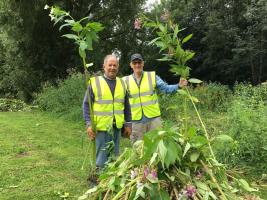MANOD MAWR - The Mystery Mountain by Geoff Parsons
Tue, Apr 19th 2016 at 12:45 pm - 1:45 pm
Geoff Parsons Speaking
Stewards:- Tony Coxhill Lead & Christine Crowe (Speakers Report)
Mystery Mountain
MANOD MAWR
Geoff Parsons & his wife Diane are the enviable owners of a cottage in North Wales region of Porthmadoc. And they are very fortunate to have a fantastic view (although sometimes foggy view) of the Manod Mawr mountains, host to a disused Slate Quarry.
There has been a Slate Quarry on the Manod Mawr mountain since 1896 – parts of the mountain still quarried to this very day. The old part of the quarry is approached along a four mile, long narrow track. At the end of the track there is a low railway bridge before entering the quarry entrance itself.
In 1937 with the threat of the onset of war – the powers that be made plans to move the most valuable paintings from The National Art Gallery in London to secure locations in the North of West – choosing locations in Aberystwyth University, Conway Castle, Penryn & Canaerfon. Under the premiership of Lord Chamberlain, the outcome of government discussions meant that the onset of war was unlikely and we were to return to peaceful times.
However, in 1939 war did indeed break out. The government then made new plans to move all valuable paintings from their London galleries to Liverpool on route to a safe location in Canada. The now new Prime minister – Sir Winston Churchill – was not happy with sending our most valuable assets out of the country at a time of pending war. He chose of all places Manod Mawr.
Unlike coal mines which had shafts that went down deep underground where miners dug out coal by hand – slate mines were blasted. The granite mountain sides would be blasted to reveal the slate deep into the mountain forming huge caverns that had ceilings and walls. They would continue excavating creating side caverns. These vast big open spaces were in Churchill’s opinion ideal to store the National Galleries paintings.
But there was a problem. The access to the mine the entrance was under the low railway bridge making it impossible for large trucks to get through. They proposed to lower the road under the bridge to create a dip allowing access for heavy vehicles.
Preservation was a concern. There was no way of controlling the inner temperature of the mountain. They had to develop a system to control the inner humidity of the mountain – a system that is still in use today.
It was advised that the paintings would be better preserved if hung allowing the air to circulate the frame and canvases. But the walls were rough and likely to cause irreparable damage. So brick walls were erected with 1000s of bricks bought up from the London Brick company. A roof was constructed to protect the paintings from any falling slate.
GWR lorries were used 6 days a week to transport the valuable paintings up from London – with no security.
Having discovered the secrets of the Manod Mawr mountain, Geoff took it upon himself to travel up to the mountain to have a look at the slate mine in its current state. But he couldn’t get in. He was told he would have to seek the Quarry Managers permission to gain entry.
Determined not to be fobbed off Geoff showed great determination in eventually finding the current Quarry Manager who could, if he so chose, give authority for him to tour the old ruins. The Quarry Manager was very reluctant to let a complete stranger access to the site – but Geoff explained he’d heard of the quarries history and thought it would make a very interesting story to share with his fellow Rotarians.
‘Its not quite that simple – we will have to charge up the lamps. Ring me.’
Which Geoff did – again and again – eventually being told that the Quarry Manager had retired. Unfazed Geoff continued to seek authority – eventually achieving his goal.
On a cold wet Thursday afternoon he was met by Quarry Manager Ewan. Donned with a hard had and picked up in a dusty old truck. In they went through an old rotten steel gate that wasn’t even locked.
He recognised instantly the old now unused electric / heating / humidity control metre – some of the units were still in working condition. Huge big metal doors hid a room that housed dynamite during the war years.
He could see remnants of the solid brick walls where once the valuable famous paintings would have hung. Wooden posts in the walls to keep the frames from the brick. The unloading bay was still there and an old Dolly customised with some railway wheels to transport the paintings through to be re-hung.
During the war period it was arranged that one painting a week should return to the National Gallery in London so that people could visit and appreciate the arts and be assured they were well preserved and looked after.
So why did Churchill choose Manod Mawr. Because it was in the middle of nowhere and difficult to find. And he was right – all the paintings were successfully returned to London at the end of the war.
The government did not re-open the quarry for some 27 years until in 1982 the previous owners – the Williams family – took the government to court and won the quarry back. They did not re-open the mine themselves but sold it to McAlpine who were unsuccessful of making the quarry profitable.
McAlpine sold to The Welsh Slate company who are the current owners of Manod Mawr reportedly excavating and manufacturing 1.5m roof slates a year
Geoff Parsons feels extremely privileged to be only the 2nd non member of staff to have been inside the quarry in the last 10 years.
Christine Crowe
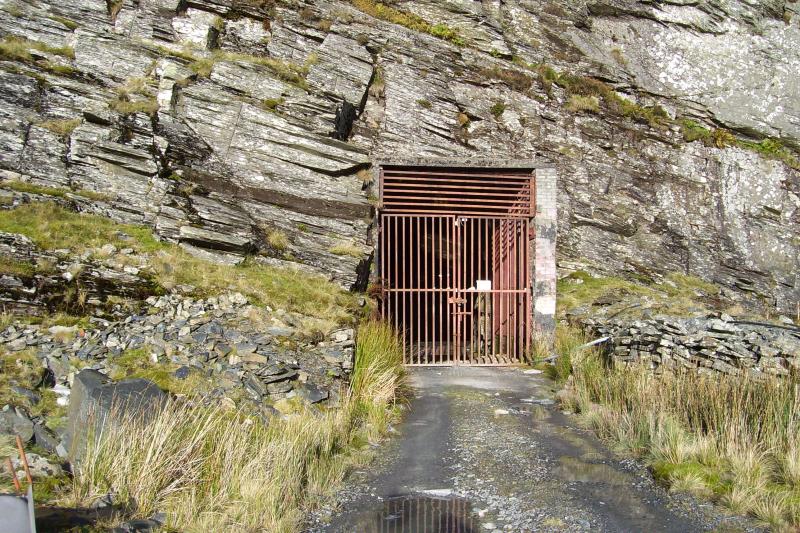
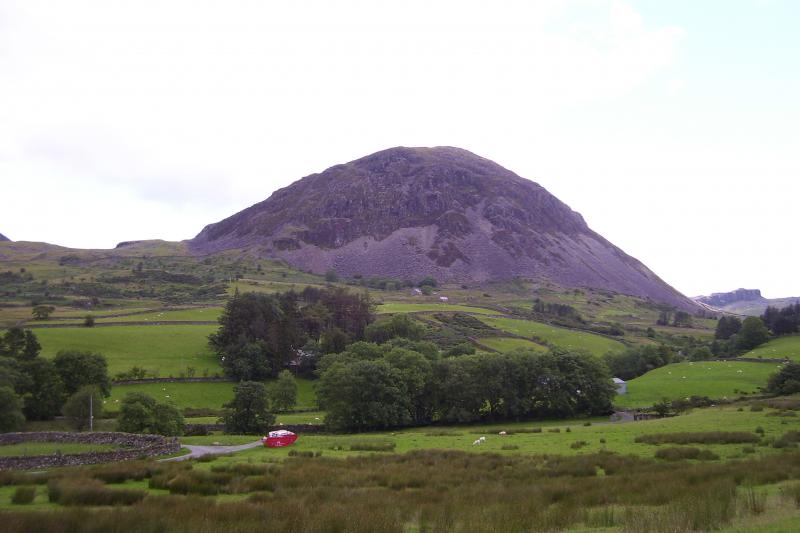
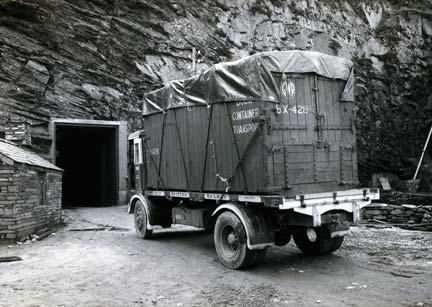
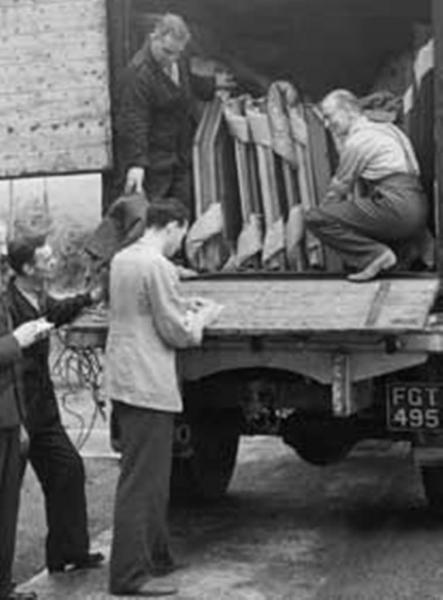
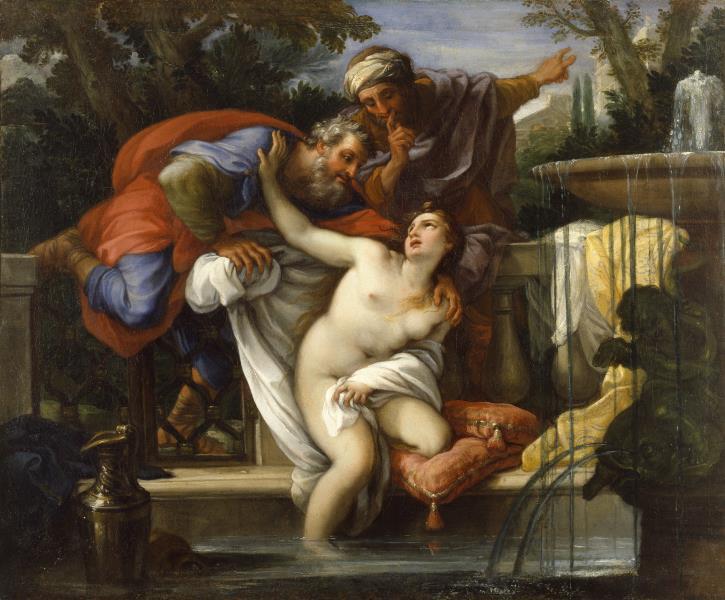
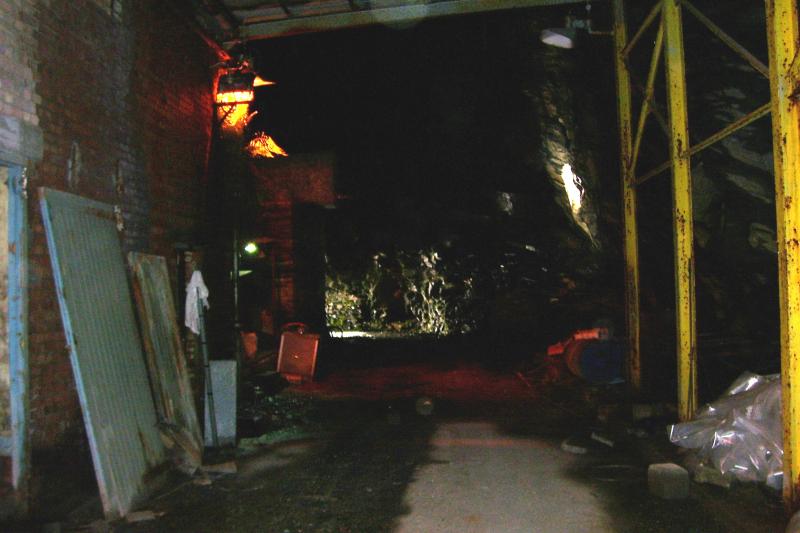
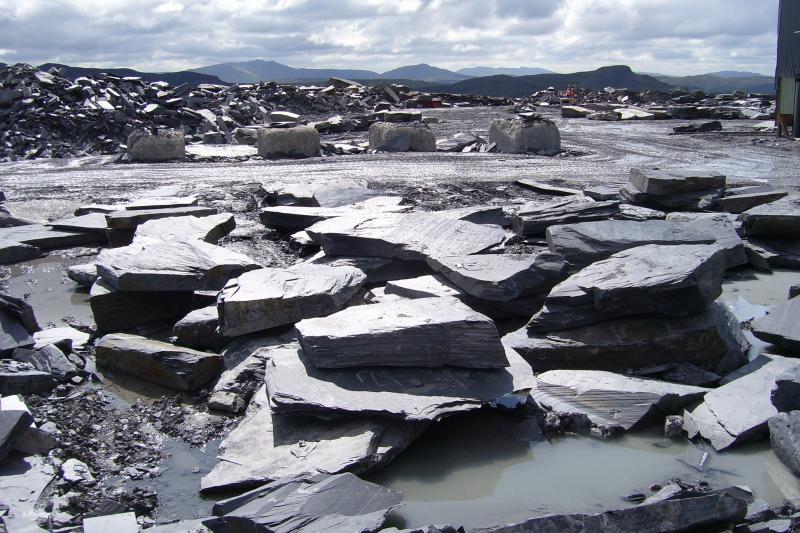
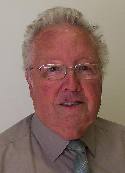 Contact Geoff Parsons about this page:
Contact Geoff Parsons about this page: